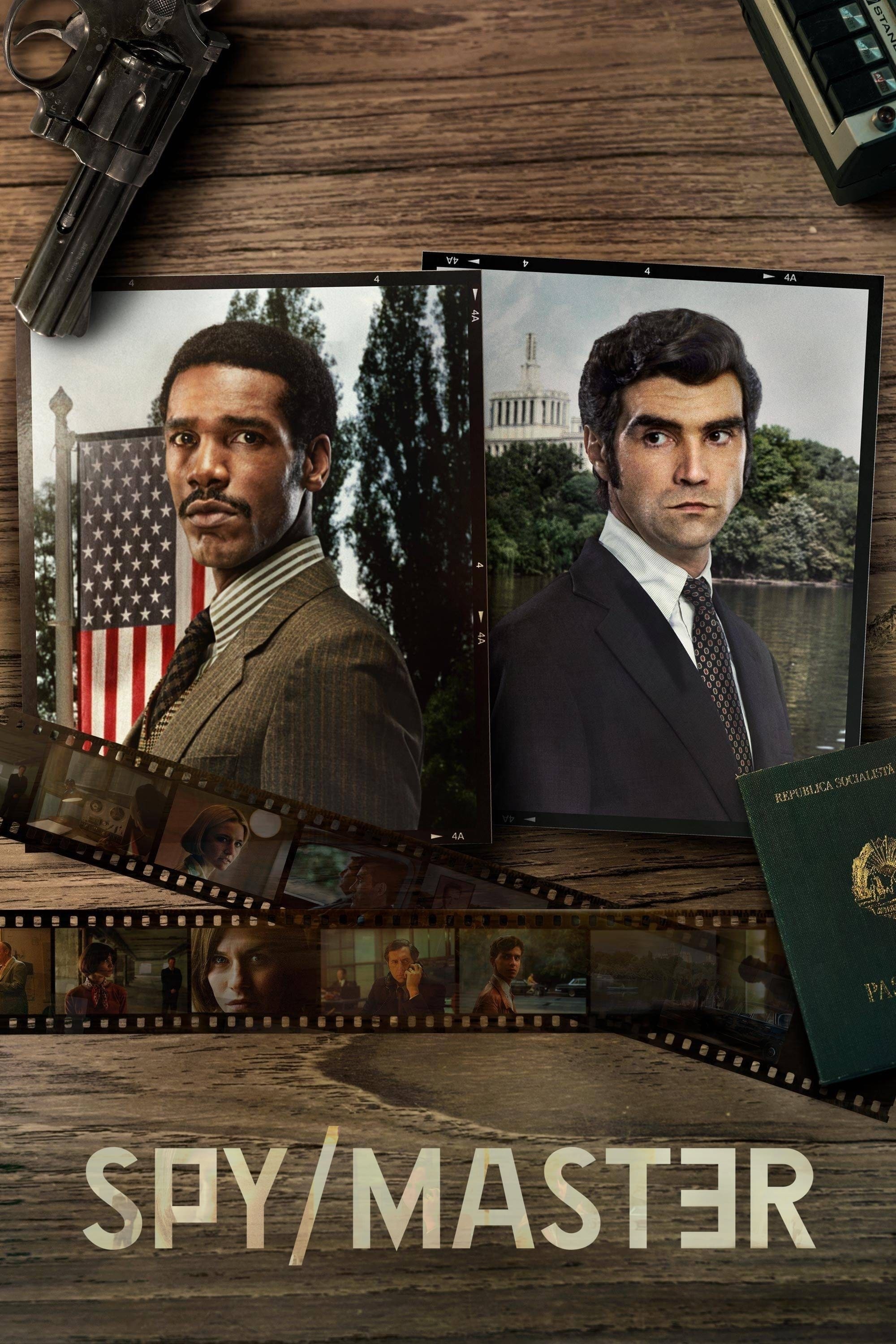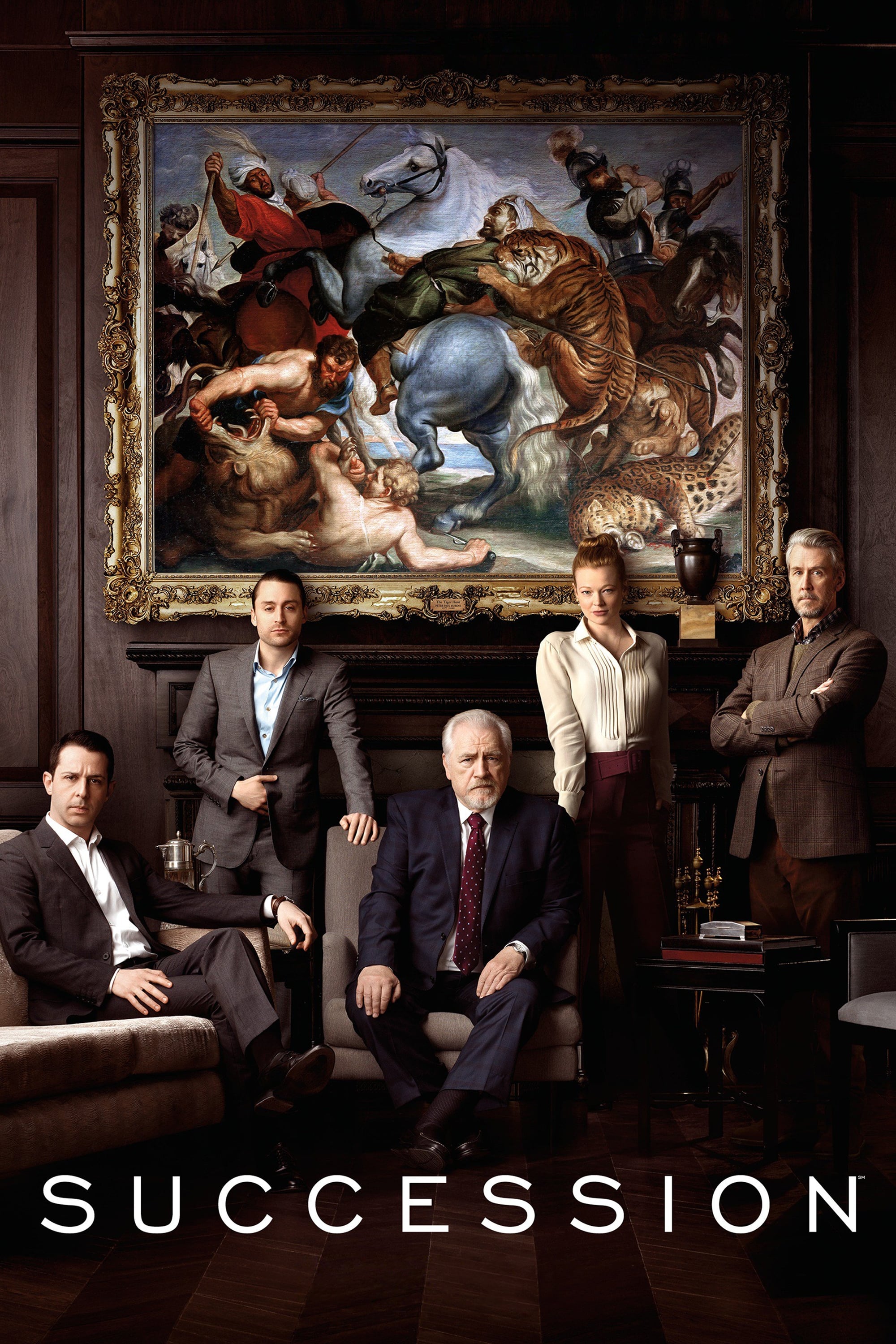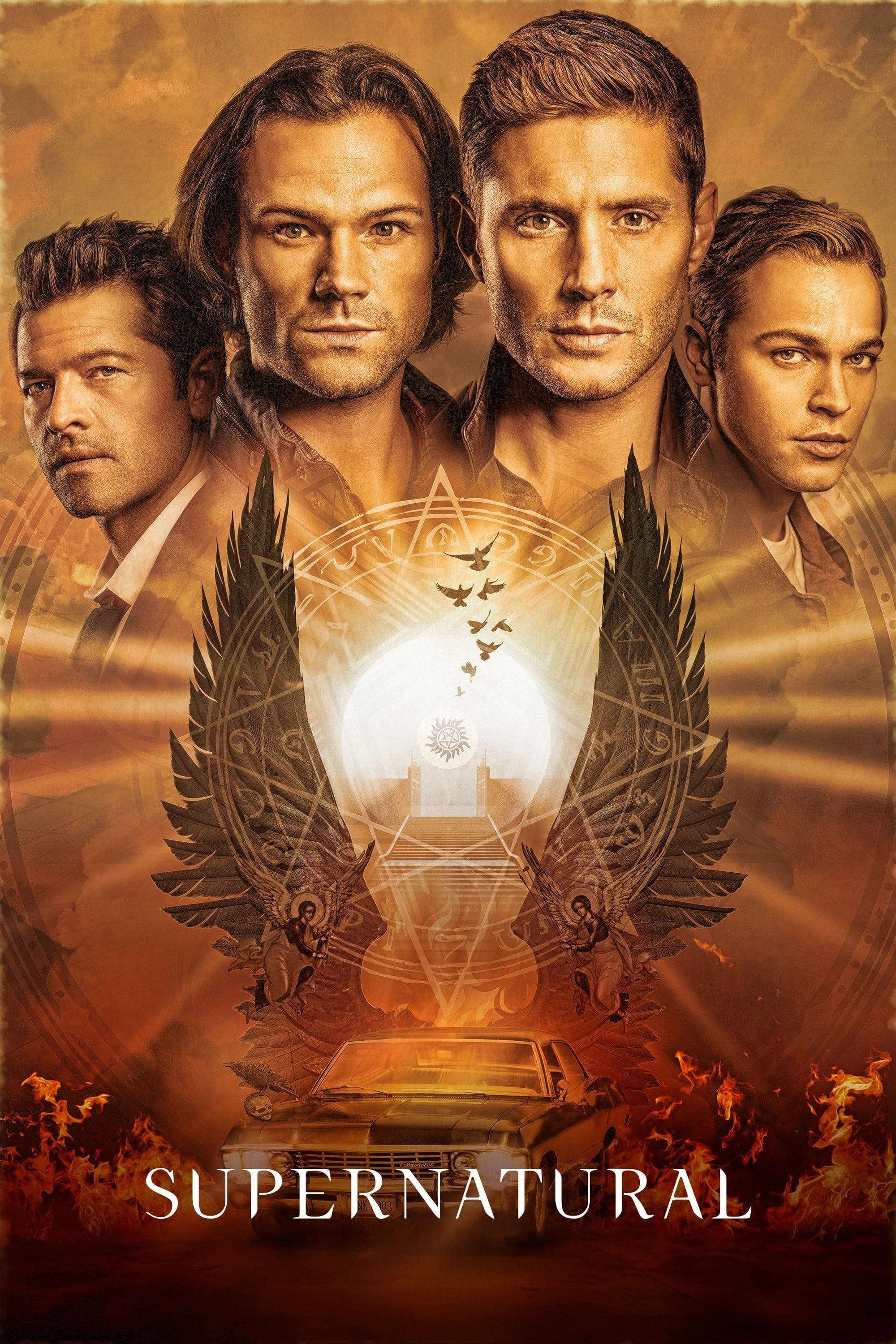
Enrico Viccardi – Girolamo Frescobaldi and His Heritage (2022)
FLAC (tracks) 24 bit/96 kHz | Time – 59:42 minutes | 1,06 GB | Genre: Classical
Studio Masters, Official Digital Download | Front Cover | © Da Vinci Classics
The influence of the music by Girolamo Frescobaldi (1583-1643) on contemporaneous composers and on those who worked even between the seventeenth and eighteenth century was truly important. For the necessarily synthetic itinerary delineated in this CD I was inspired by four exemplary compositions excerpted from “Fiori Musicali”. This collection was printed in 1635. In it, the composer proposes works conceived for liturgical use (plus two pieces without a precise collocation within the Mass). These pieces are excerpted from the so-called “Messa della Madonna”, and are a Toccata avanti la Messa, Canzon dopo l’Epistola, Recercar dopo il Credo, Toccata per la Levatione. Here we can find all the elements which marked indelibly many musical works after Frescobaldi: the stylus phantasticus, his polyphonic expertise, the fascinating harmonic instability of the cross relations, his full mastery of Baroque rhetoric figures, and the feeling of ecstasy in the Toccate per l’Elevazione. This genre would be devoutly subsumed by Froberger; later, one has to admit, it remained unique. The Capriccio sopra La Sol Fa Re Mi, instead, is featured in the Primo libro dei Capricci, issued in Rome in 1624. The musical subject of the piece is described by the notes listed in its title. They are nothing else than a transformation of the expression “lascia fare a me” (“let me do it”), which seemingly was a typical answer of Cardinal Ascanio Sforza. (Already Josquin Desprez had composed a Mass on that theme). The Toccata VII by Michelangelo Rossi (1601/1602-1656) seems, instead, to perfectly embody a line by poet Giambattista Marino: “È del poeta il fin la meraviglia” (“wonder is the poet’s aim”). In our case, the composer displays a writing style with great variety, with sections juxtaposed to each other following the criterium of contrast. In the exordium we hear small tremoletti written in full over a long harmonic pedal. The second section irrupts decidedly with a more dynamic figuration, which is interrupted by unexpectedly passing from an E-flat chord to an E-major chord. The protagonists of what comes after are instead the intervals of descending minor third. They follow each other, exploring the keyboard’s full range. After a more reflective section, rich in scales and passi doppi (i.e. “double steps”), the concluding part unfolds over chromatic movements of an extreme audacity, with contrary and parallel motions, generating harmonic successions which are truly unheard-of (and are particularly emphasised by the temperament of the Ferrarese instrument played here).
The writing by Johann Jakob Froberger (1616-1667), while developing within Frescobaldi’s milieu (he studied with him from 1637 to 1641) frequently displays traits of closer proximity to harpsichord practice. In his Toccata V da sonarsi alla Levatione, however, the piece’s spirit and letter sincerely follow his teacher’s manner in this genre, while managing to affirm a personality of his own. Contrary to what happens in similar works by Frescobaldi, in this composition some keys are reached which are only distantly related to the main key of the beginning. If the piece’s opening affirms a clear G minor, with a daring spirit some D-sharps are also touched (along with many E-flats), allowing us to suppose a certain evolution in temperament practice. The Capriccio cucu by Johann Caspar Kerll (1627-1693) has little to do with Frescobaldi’s Capriccios. Or, better, we could say that it is not in this genre that the German composer allows the fruits of his stay in Rome (where he studied with Carissimi and Frescobaldi) to be best perceived. However, the continuous trills can somehow recall one of the variations from the Capriccio fra’ Jacopino scritto sopra l’aria di Ruggiero, and also, mutatis mutandis, some passages from the Toccata Nona from Frescobaldi’s Secondo Libro. The same discourse applies, indeed, also to the “contrappunto cantabile” by Bernardo Pasquini (1637-1710). However, his Variazioni capricciose reveal profound closeness with the Aria detto Balletto by Frescobaldi. Firstly, the two pieces have in common the harmonic pattern of the bass’ first notes. Secondly, we must take notice of how the variations follow each other in both cases, alternating sections in binary time with others in ternary time. Here too, continuing trills are not missing (Sesta Partita), but they are combined in a more complex fashion than in Kerll, closer to the example of the Toccata Nona. Works by Dieterich Buxtehude (1637-1707) could not be missing. He transformed Frescobaldi’s model, as found in the Toccatas from the Secondo Libro, and adapted it to the possibilities of the great Northern instruments. Even in pieces smaller in size, we can still observe how Buxtehude was in search of a personal style of his own, precisely by working on the Italianate style. His short Toccata in G major BuxWV 164 is a gem under this viewpoint. Nothing is missing of what characterises an Italian toccata, but entirely new elements are also found. For instance, the exordium has a very efficacious soloistic motto, developed in a fashion which is rhythmically close to the mature Baroque style – just passingly nuanced by a fully Italianate groppo. The canzona has its characteristic dactylic rhythm, and we also find a luminous section of arpeggios, the intensification of pace (with a passage from semiquavers to demisemiquavers) and the surprising calm of the concluding section, which is singularly close to the finales of some Canzoni by Tarquinio Merula. The D-minor Canzonetta BuxWV 168 is articulated into three great sections, with a skilled use of the melodic component. Due to certain characteristics of Buxtehude’s writing, this piece finds in the Ferrarese organ its perfect destination. Between bb. 61 and 62, in fact, there are two bichords following each other, and which can be played by the left hand only if the keyboard has the short octave (E1-G2 and D1-A2). Later, however, there is also a G#1 (b. 87) which is found in our instrument as a split sharp, together with F#1 (both sounds are also employed in other pieces of this recording). Another paradigmatic composer as concerns Italian influence is Georg Muffat (1653-1704). In his Apparatus Musico Organisticus he deliberately mixes the French with the Italian style. In his Toccata tertia we find once more Italianate traits (he was a student of Pasquini from 1678 to 1682) both in the enthralling beginning, and in the very brilliant canzona, but also in the following section, ending with the style called “durezze e ligature”. The French style (in his Parisian years he had studied with Lully) is observed, instead, in the last two parts of the Toccata, where a quotation from a passage of the hymn A solis ortus by De Grigny is also found. However, it closes with two simultaneous trills, superimposed over contrary-motion figurations: this is a further allusion to Italian keyboard idiosyncrasies. We eventually get to Johann Sebastian Bach (1685-1750), who knew well Frescobaldi’s Fiori Musicali thanks to a copy which was owned by his family. The C-major Fantasia BWV 570 brought to my mind, once more, the style called “durezze e ligature”. Indeed, its beginning, with an ascending interval (which frequently characterizes the Toccate per l’Elevazione, perhaps alluding to the celebrant’s elevation of the consecrated host and chalice during the Mass’ central moment) led me to choose to perform this piece with the Principale united to Voce Umana. This registration is in fact suggested precisely for that kind of Toccatas. The D-minor Canzona BWV 588, instead, employs as its subject the melody found as the countersubject in the Canzona dopo l’Epistola in the Messa della Madonna. Just as happens with Frescobaldi, Bach’s piece presents, in its second section, the subject transformed into a ternary rhythm, but with the addition of a chromatic countersubject; the ending is more “modern” and echoes some formulas found in Corelli.
Tracklist:
1-01. Enrico Viccardi – Fiori Musicali, Op. 12: I. Toccata avanti la Messa della Madonna (01:09)
1-02. Enrico Viccardi – Fiori Musicali, Op. 12: II. Canzon dopo la Pistola (01:55)
1-03. Enrico Viccardi – Fiori Musicali, Op. 12: III. Recercar dopo il Credo (02:51)
1-04. Enrico Viccardi – Fiori Musicali, Op. 12: IV. Toccata per la Levatione (02:48)
1-05. Enrico Viccardi – Capriccio sopra La Sol Fa Re Mi (07:59)
1-06. Enrico Viccardi – Toccata, vol. II (04:30)
1-07. Enrico Viccardi – Toccata V. Da sonarsi alla Levatione (05:39)
1-08. Enrico Viccardi – Capriccio cucu (03:01)
1-09. Enrico Viccardi – Variazioni capricciose (07:21)
1-10. Enrico Viccardi – Toccata in G Major, BuxWV 164 (03:10)
1-11. Enrico Viccardi – Canzonetta in D Minor, BuxWV 168 (04:19)
1-12. Enrico Viccardi – Apparatus Musico Organisticus in A Minor: I. Toccata tertia (06:13)
1-13. Enrico Viccardi – Fantasia in C Major, BWV 570 (03:34)
1-14. Enrico Viccardi – Canzona in D Minor, BWV 588 (05:05)
Download:
https://hexload.com/umn0hm33lq0e/Enric0ViccardiGir0lam0Fresc0baldiandHisHeritage20222496.part1.rar
https://hexload.com/4o4rswddhbb5/Enric0ViccardiGir0lam0Fresc0baldiandHisHeritage20222496.part2.rar
https://xubster.com/3q0wjf9hf4yu/Enric0ViccardiGir0lam0Fresc0baldiandHisHeritage20222496.part1.rar.html
https://xubster.com/0eplb0c2twp5/Enric0ViccardiGir0lam0Fresc0baldiandHisHeritage20222496.part2.rar.html
























![Enrico Viccardi – Storace: Complete Harpsichord and Organ Music (2021) [Official Digital Download 24bit/96kHz]](https://imghd.xyz/images/2023/01/10/zibn84suh7u9b_600.jpg)